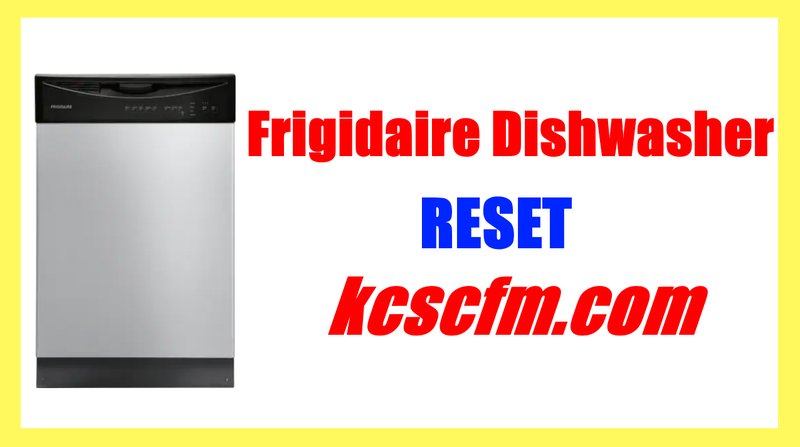
Error Code OE usually indicates a drainage problem. Imagine a bathtub that refuses to let the water out, leaving you with a sudsy mess. That’s what’s happening inside your dishwasher. It’s designed to get rid of dirty water, and when that doesn’t happen, it sends out an OE code like a cry for help. The error is *often* due to a blockage or a kink in the draining system. Fortunately, reset buttons exist for moments like this (though they’re not as obvious as the ones on your electronic devices). Here, I’ll walk you through understanding and clearing this error, step by step.
Understanding Error Code OE
When your dishwasher flashes the OE error code, it’s essentially telling you there’s a problem with draining. This is similar to when your car’s dashboard lights up to alert you to a potential issue. The dishwasher is built to automatically empty water after each wash cycle, but if something hinders this process, it senses the failure and promptly displays the OE code.
You might be wondering what triggers this issue. Well, the most *common culprits* include a clogged drain hose, debris blocking the filter, or even a malfunctioning drain pump. Imagine the drain hose as the straw through which a child sips a milkshake; if something clogs it, the milkshake doesn’t come through. The same principle applies here. If the hose is blocked, the water doesn’t drain as it should.
To resolve this, you’ll need to inspect and address the underlying cause. It’s like playing detective with your dishwasher, understanding where the blockage might be. But remember, diagnosing the issue is half the battle. Once you’ve identified the problem, it’s time to roll up your sleeves and reset your trusty dishwasher.
Steps to Reset Your Frigidaire Dishwasher
Resetting mechanisms for dishwashers are not as apparent as hitting a ‘reset’ button on your router. However, it’s usually straightforward once you know the right steps. Let’s delve into how you can perform a reset when faced with the OE error code.
First, you’ll want to *unplug the dishwasher* or switch off the circuit breaker that supplies power to it. This is like giving the machine a moment to breathe and reset its internal clock. Think of it as rebooting your computer when it gets sluggish. This disconnection typically rules out any electronic hiccups.
After powering down, check the drain hose. This can be found at the back of the dishwasher. You’ll need to ensure there aren’t any kinks or clogs. Imagine if your straw had a twist — no amount of suction would draw liquid through it. Straighten out the hose and, if you feel comfortable, gently detach it to flush out any potential blockages.
If you’ve cleared the hose and the problem persists, it might be the filter’s time under the spotlight. The filter is located at the bottom of the dishwasher and catches stray food particles. Cleaning this out is akin to clearing leaves out of a gutter so water can flow freely. Once all these components are checked and cleared, power on the dishwasher to see if the problem has been solved.
Additional Troubleshooting Tips
If the OE error still bothers you even after performing the basic inspections, it might be time to dig a bit deeper. Here are a few more checkpoints before you consider calling in a professional.
Inspect the drain pump, which is responsible for removing the water from the machine. A failing pump can be like a tired runner at the end of a marathon, just unable to push the last mile. Listen for any odd sounds during the drain cycle, as these may indicate that the pump motor is failing.
Additionally, consider examining the check valve. This small device prevents the backflow of water into the dishwasher. Picture it as a one-way door; if that door fails, water sneaks back in, causing issues.
Lastly, if none of these remedies work, checking the user manual or reaching out to Frigidaire customer support could provide additional insights. They can offer guidance specific to your dishwasher model. Sometimes, a professional touch is what’s required, but at least by this point, you’ve done your due diligence.
Preventative Measures
No one wants to repeatedly deal with dishwasher errors. So, what can you do to minimize the chances of this happening again? Regular maintenance and care are key. It’s like going to the gym regularly to prevent health issues. Here’s how you can keep your dishwasher running smoothly.
Regularly clean the filters and ensure the drain hose is free from obstructions. Once a month, run a hot water cycle with a bit of vinegar; it acts like a spa day for your dishwasher, keeping it refreshed and clear of minor buildups. Keep an eye on small items that can slip through the racks and block the drains, like bits of plastic and bones.
In conclusion, while an OE error code may seem annoying, it’s a manageable issue with a bit of patience and care. By understanding the simple parts of your dishwasher’s drainage system and taking proactive steps, you can keep this appliance running smoothly for years to come.